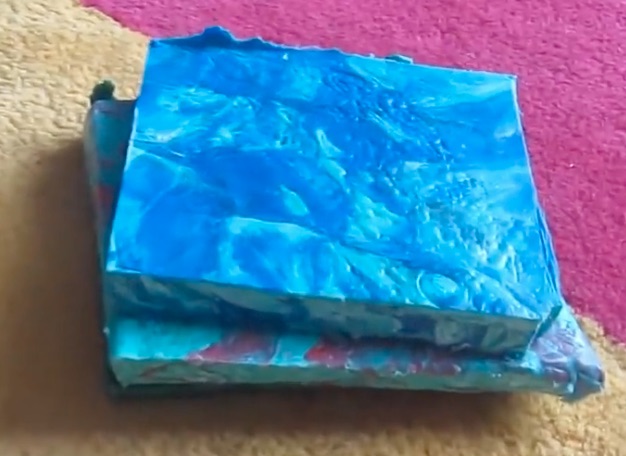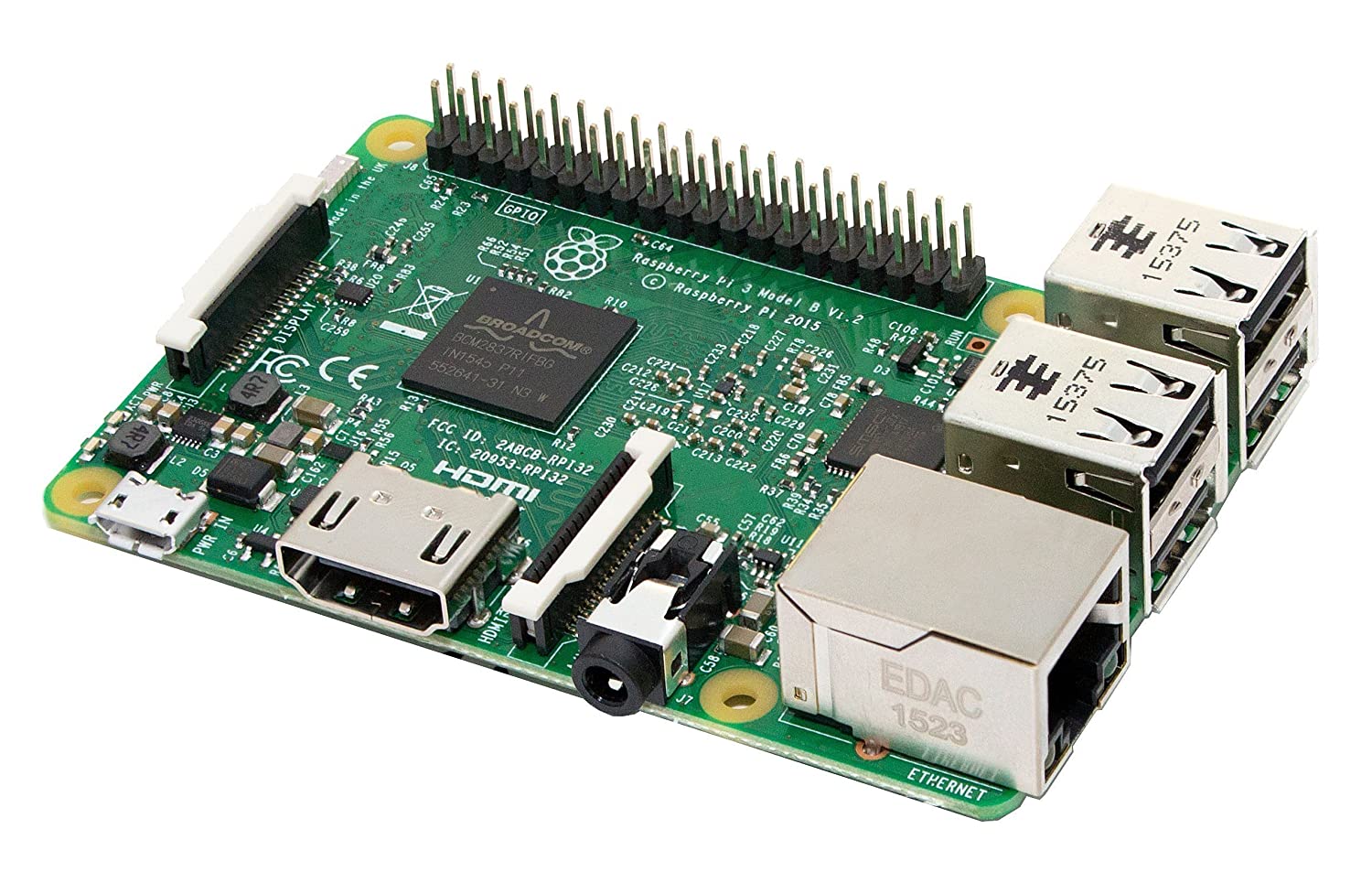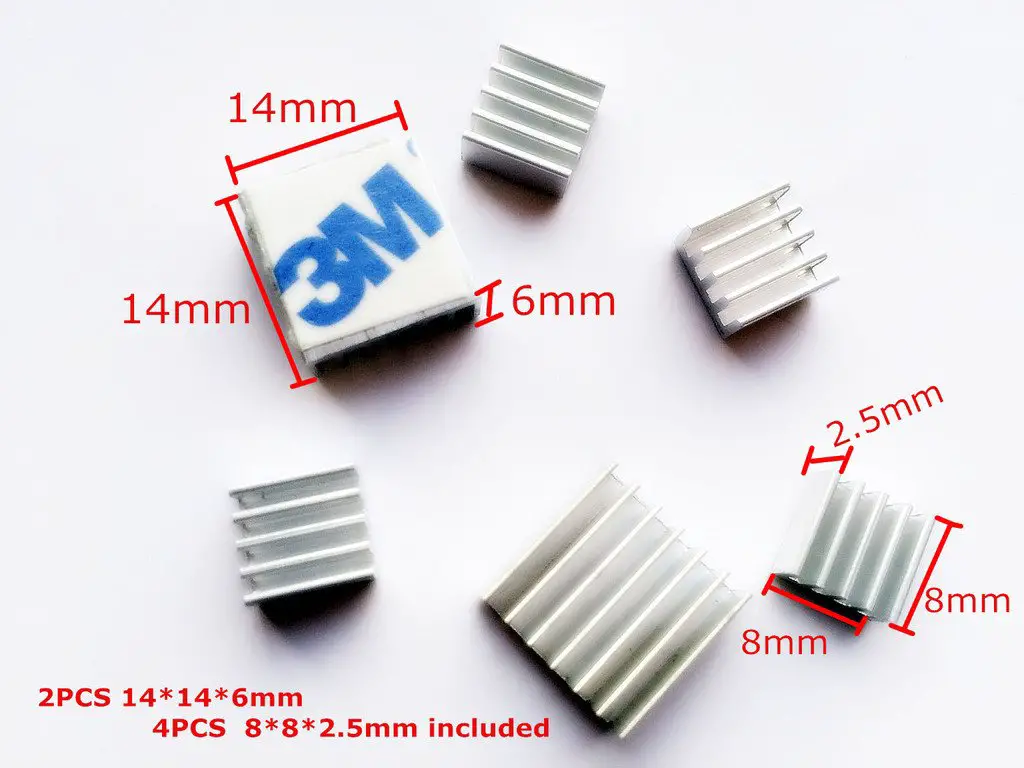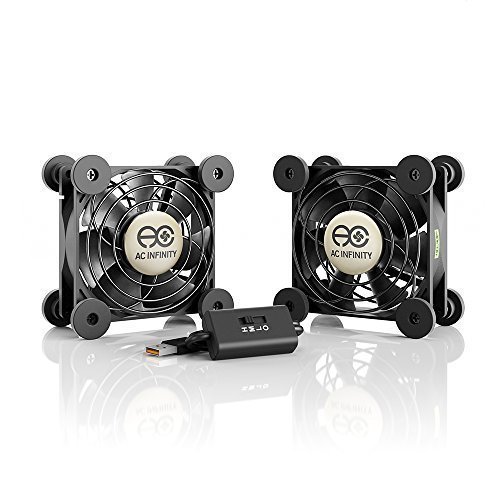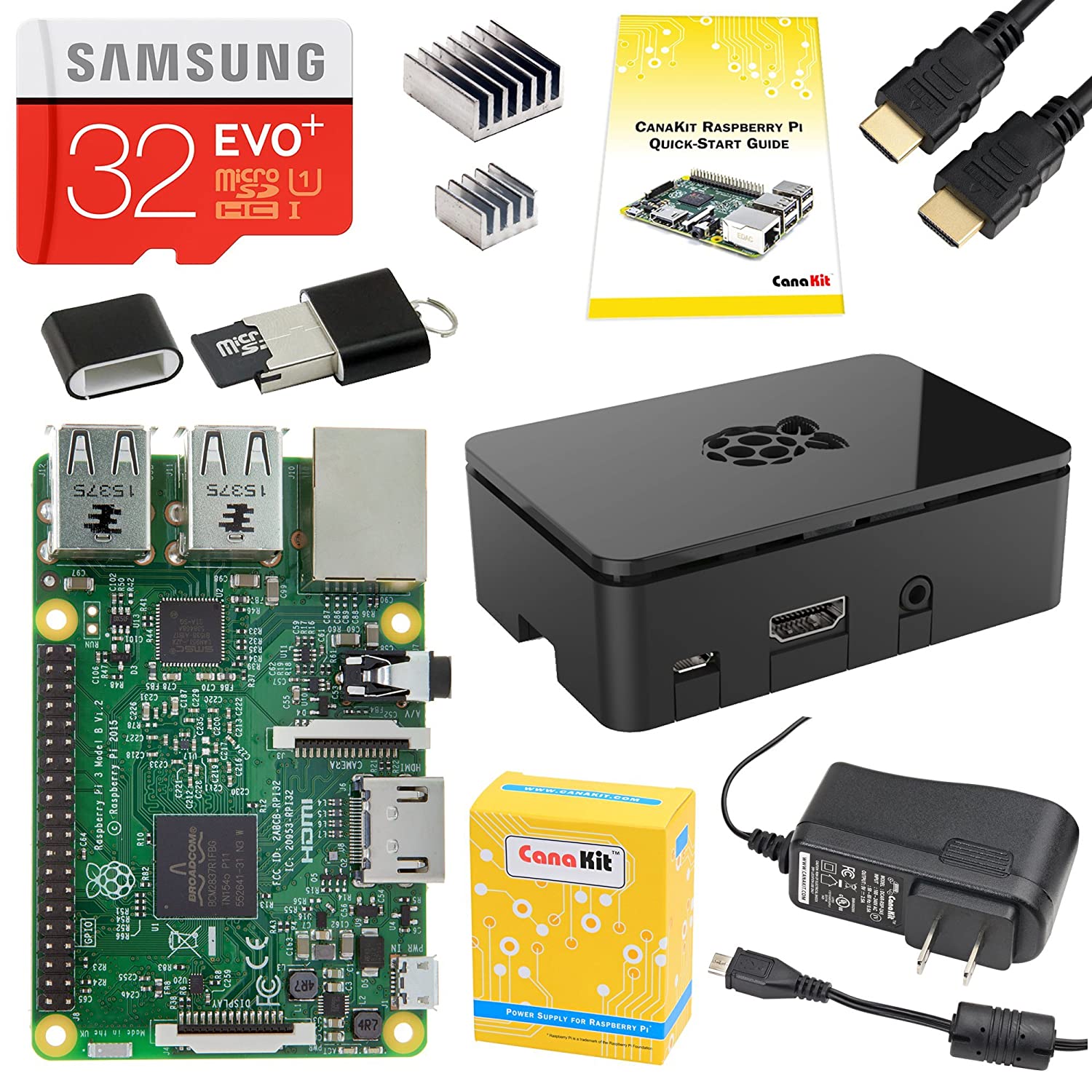; Date: Sat Aug 10 2019
Tags: Recycling »»»»
We have lots of plastic around us, and just throwing it "away" creates problems. It is better to reuse things, and it seems HDPE plastic is incredibly easy to melt down and form into new thingies.
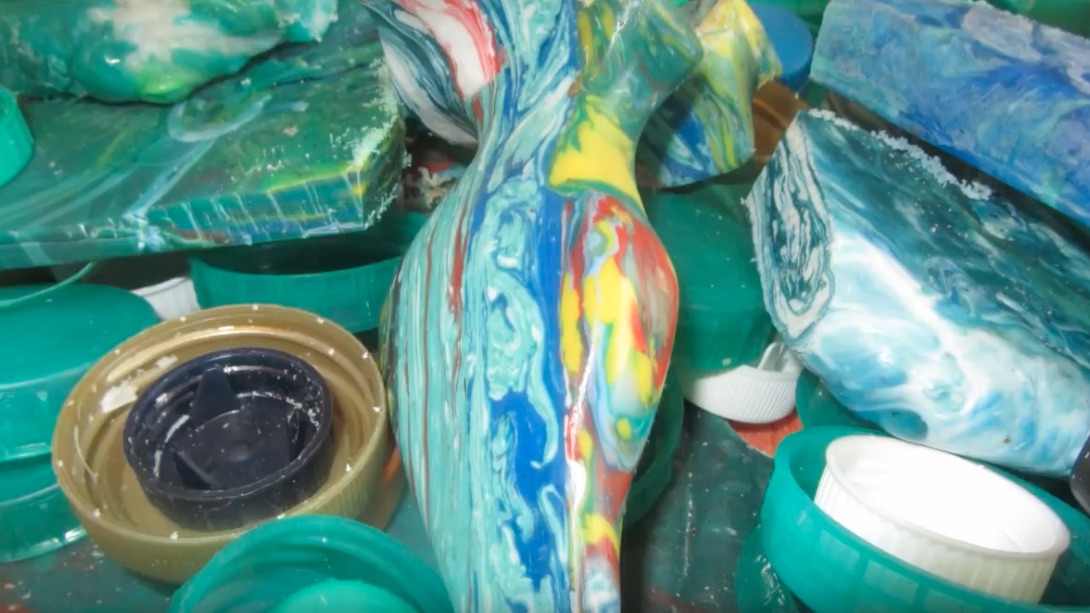
The process is similar to another how-to: How to recycle HDPE plastic bags to make marble-like raw material for art projects
First you have to identify whether you have HDPE plastic. If it is correctly labeled, this plastic has a "2" within the recycling symbol, and might have the letters HDPE. If it is not labeled there are a couple simple tests:
- Is it as bendable as a piece of labeled HDPE plastic?
- Does it cut as easily?
This plastic type is frequently used as the lid to bottled water. But if it is fizzy water the lid might be made of a different plastic that is sturdier and harder.
The next step is to prepare a tray in which to melt the plastic, and a mold to pour the plastic. The attached video is assuming you'll be making artwork with the plastic, and is therefore talking about mixing together multiple colors and twisting them to make interesting color patterns.
For a melting tray - a simple baking sheet like you'd use to make cookies is fine. Line it with baking paper so the plastic doesn't stick to the baking sheet. You'll have to dedicate the baking sheet for this use since it's probably not a good idea to reuse it for making food.
For a mold - the attached video suggests making a simple sheet of plastic from which you'll be cutting out the artwork pieces you'll make. For that purpose it's easy to form a square frame, it doesn't have to be fancy. Then you also have to make a lid that fits into the frame. Both of these will then be covered with the same baking paper so the plastic doesn't stick to the frame or lid.
To melt the plastic - First pre-heat a regular cooking oven to 350 degrees F, or 175 degrees C. The attached video doesn't give any warning to dedicate the oven to this purpose, and it does not warn about offgassing. Next place the baking paper in the tray, then arrange the plastic on the tray. After 10 minutes the plastic will be melted into a soft malleable state.
In another article it's shown to use a face mask to prevent breathing fumes. How to recycle HDPE plastic bags to make marble-like raw material for art projects
Once it's melted you can start shaping the plastic, and mixing the colors together. This will take awhile, and as the plastic cools you'll need to return it to the oven to melt again. The idea at this stage is to mix the colors as you see fit.
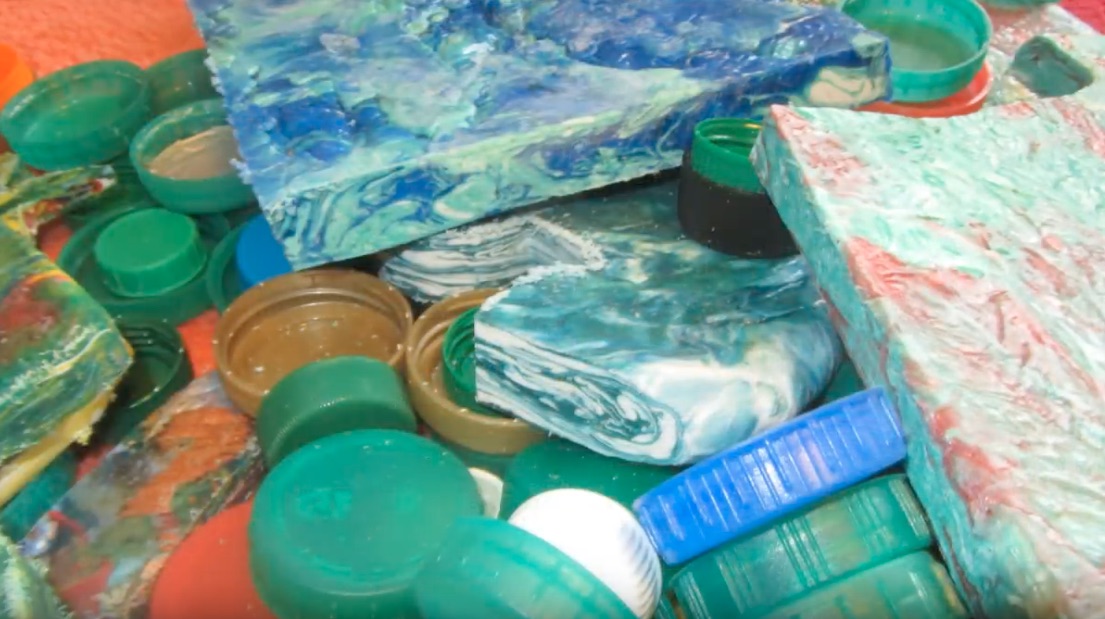
Eventually you'll have it mixed well enough, and you simply put it into the mold. With the lid in the mold you then use clamps to squeeze the plastic, to remove air bubbles, and to make a uniform flat surface.
As the plastic cools - which'll take an hour - keep tightening the clamps.
Once cooled, remove the plastic from the mold and examine the results.
It is possible to remelt any plastic into new attempts to make sheets.
After making a sheet you like, it's possible to cut out any shape you like to form an artwork.
It's possible to "weld" pieces together. You use a heat gun to melt two sides, then stick them together. Technically that is welding, since welding means a joint formed by conjoining together two melted things.
An issue that's not covered in the video is a worry I have whether the oven is safe to use for making food after using it to melt plastic. Does this process offgass anything that's harmful? Do you need to wear a mask while working with the plastic? The attached video is silent on all these points.
